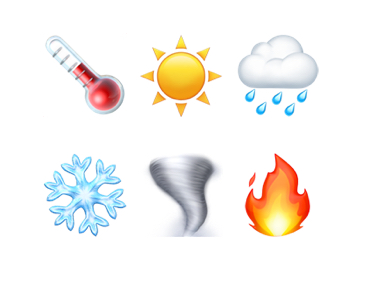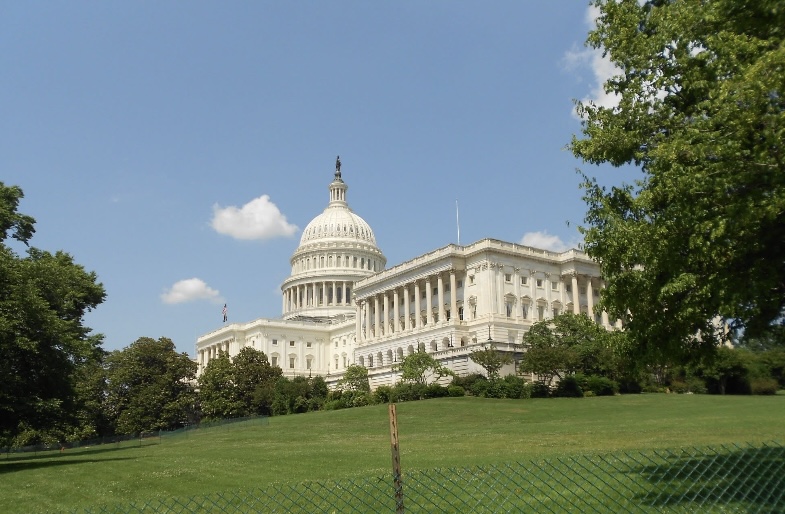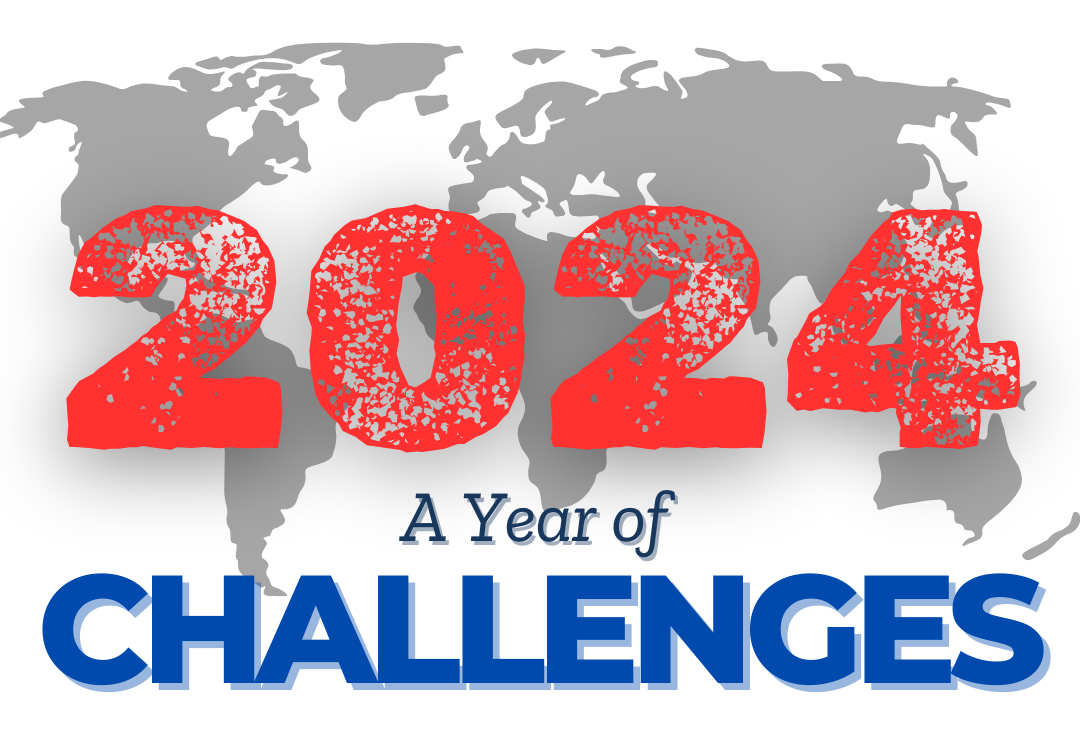By the numbers
In 2024, the weather was wild we saw 28 events, which caused $95.1 billion in damages nationwide and left 492 deaths.
24 weather/climate events were confirmed, each causing over $1 billion in damages to the United States. The events include 17 severe storms, 4 tropical cyclones, 2 winter storms, and 1 wildfire. Most of the year’s impacts were from other tornadoes or hail/wind storms, located in mainly the central states.
The Atlantic hurricane season
The 2024 Atlantic hurricane season is one for the books. With many notable storms including the infamous Milton. Milton was a category 5 storm that hit parts of Florida and the East Coast. The storm’s swift escalation shocked meteorologists across the country. The storm highlighted the growing role of warmer ocean temperatures which only fueled a stronger storm. Hurricane Milton is the 2nd most powerful Atlantic hurricane record over the Gulf of Mexico, the first is Hurricane Rita which occurred in 2005.
We also experienced multiple category 5 storms, with Beryl reaching category 5 before even reaching landfall in July. Another infamous hurricane that took place was Helene, it was one of the most destructive and deadly hurricanes in 2024. Milton took place alongside Leslie and Kirk, making the trio a historic bunch as the first time that three hurricanes were simultaneously active in the Atlantic Basin after September.
Unprecedented heatwaves
Heatwave records were shattered across the county. Phoenix, Arizona went through 45 consecutive days of temperatures exceeding 110 degrees, making the hot streak the longest in American history. In cities in the Midwest such as Chicago, Illinois, and St. Louis, Missouri’s apparent temperatures were higher than 120 degrees, leading to city-wide power outages.
These heat waves caused significant tolls on health, with heat-related deaths and illnesses reaching scary numbers. The scorching heat required urgent needs for adaptive strategies like urban greenery, cooling centers, and investments in renewable energy to reduce grid strain.
Burn, burn, burn: Wildfires that devastated the west
In California, the Sierra blaze burned down 500,000 acres destroying entire communities. Washington and Oregon also faced extreme wildfires. The smoke from these wildfires even affected air quality over on the east coast.
We even saw areas not accustomed to wildfires face their fair share. Since October areas across the east coast such as New York, New Jersey, Connecticut, and Pennsylvania have faced well over 860 wildfires.
Tornadoes and other severe storm
Tornado Alley lived up to its name this year and faced 1,200 tornadoes well above the yearly average. The most devastating tornado was the Mayfield Tornado, an EF5 twister that sculpted a 75-mile path of destruction through Kentucky and Tennessee. The storm obliterated homes, schools, and businesses, and left many communities in desperate need of recovery assistance.
Severe thunderstorms brought widespread hail and wind damage as noted in the billion-dollar disaster report, particularly in Texas and the Great Plains, adding to the year’s staggering weather-related damages.
Climate change’s role
Wild weather events are categorized by many things but the trend across the board is clear: climate change is intensifying the frequency and severity of these storms/events. Rising temperatures across the globe. A shift in atmospheric patterns. And melting ice caps are all contributing to the unpredictable weather we are experiencing.












